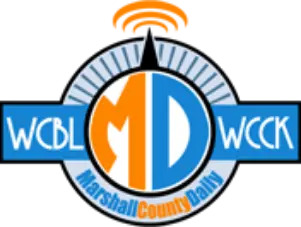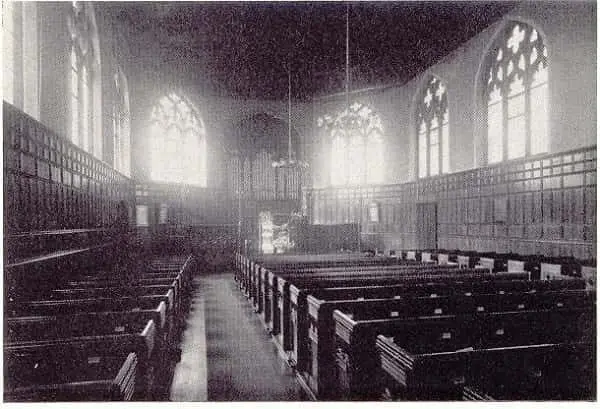The Great Awakening was huge, as far as revivals go, and it changed forever the very nature of American worship. But like many revivals, it didn’t last. Or, rather, since it had impacted mostly people who were already churchgoers, it didn’t have much impact outside the churches, themselves. By the time of the American Revolution, the state of religion in the Colonies was in sad disrepair, and it didn’t improve much during that war.
There were two main reasons for this decline after the Great Awakening. First, and perhaps foremost was the very existence of the frontier. The Colonies were not thickly settled by our standards, but just a little bit further west, there were no people at all. And, this doesn’t mean just no Europeans. The Indians who had lived east of the mountains but still west of the coast had been decimated by disease and white settlement. It is difficult to imagine the toll that European diseases took on the native Americans, but it was terrible. Exposure for the first time to measles, smallpox, and the like devastated many tribes, leaving their already sparsely-settled forests open to white occupation and exploitation. As a result, Americans became widely scattered people; occasionally clustering in forts to resist Indian attacks, but usually having miles between cabins, and even more between settlements. Churches were not a high priority in such communities, and so even otherwise religious people tended to draw away from assembly for worship.
The second reason had to do with the nature of the people, themselves, who settled this western region. The English, meaning the southern, southwest and midlands Englishmen who had settled Virginia, Massachusetts, Georgia and Pennsylvania were town or city-dwelling people. In the mid-1700s, though, a whole new group began arriving. Called, generally Scots-Irish, these were border people from northern England, southern Scotland and northern Ireland, who had little use for towns and none at all for organized religion. Following their ancestral ways, these people flooded off the ships and directly to the western frontier. Many even crossed the mountains (illegally) and built their family-centered cabins and farms as far as possible from the coast, the Indians, and even each other. They liked to assemble once or twice a year in the open air to socialize, drink homemade corn whiskey and listen to fundamentalist preachers, but afterwards they retreated to their isolated homesteads. They settled all the way from western New York south to Georgia, but most ended up in what we today call the Cumberland Plateau of West Virginia, Virginia, Kentucky, Tennessee, North Carolina and Georgia. Their culture and lifestyle eventually became the pattern for most of the American south. Organized religion suffered severely under their watch.


